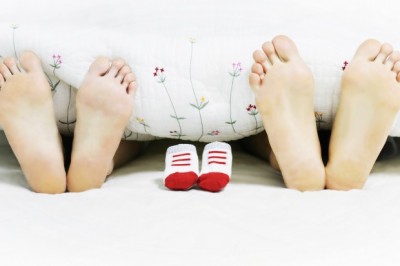Inguinal Hernia – Causes, Symptoms and Treatment
Inguinal hernias occur when soft tissue - usually part of the intestine - protrudes through a weak point or tear in your lower abdominal wall. The resulting bulge of this common condition can be painful - especially when you cough, bend over or lift a heavy object. In many people, the abdominal wall weakness that leads to an inguinal hernia occurs at birth when the abdominal lining (peritoneum) doesnt close properly. Other inguinal hernias develop later in life when muscles weaken or deteriorate due to factors such as aging, strenuous physical activity or coughing that accompanies smoking.
The most common location for hernias is the groin (or inguinal) area. There are several reasons for this tendency. First, there is a natural anatomical weakness in the groin region which results from incomplete muscle coverage. Second, the upright position of human posture results in a greater force occurring at the bottom of the abdomen, thereby increasing the stress on these weaker tissues. The combination of these factors over time breaks down the support tissues enlarging any preexisting hole or leads to a tear resulting in a new hole.
Causes
There is often no apparent cause. Heavy lifting, straining when using the bathroom, constipation, excessive coughing or sneezing, vigorous exercise or sex can be contributory factors.Some people are at more risk than others; those with a family history of hernia, people with cystic fibrosis and those with an undescended testicle.
Although abdominal hernias can be present at birth, others develop later in life. Some involve pathways formed during fetal development, existing openings in the abdominal cavity, or areas of abdominal wall weakness.
Symptoms
Inguinal hernias appear as a bulge or swelling in the groin or scrotum. The swelling may be more noticeable when the baby cries, and may get smaller or go away when the baby relaxes. If your physician pushes gently on this bulge when the child is calm and lying down, it will usually get smaller or go back into the abdomen.
In developing baby boys, a hole in the abdomen allows the testicles to descend into the scrotum. In girls, a similar opening may exist even though the ovaries do not descend out of the abdomen. Normally, this hole closes before a baby is born. A hernia results when a sac protrudes through the opening and the lining of the abdominal cavity.
Some inguinal hernias dont cause any symptoms, and you may not know you have one until your doctor discovers it during a routine medical exam. Often, however, you can see and feel the bulge created by the protruding intestine. The bulge is usually more obvious when you stand upright, especially if you cough or strain.
Treatment
Treatment is important to avoid a potentially serious condition called a strangulated hernia. This is when the bulging through the muscle wall obstructs the flow of blood to the intestine or stops the flow of intestinal contents leading to tissue death. An inguinal hernia can often be reduced, pushed back into place. If it is nonreducable then surgery is required under a general anaesthetic. Usually done on an out patient basis the segment of bowel is put back in the abdominal cavity and the muscle closed. A piece of plastic mesh is sometimes used to reinforce the weakened muscle area. A dry dressing protects the incision area for a few days.
Read about beauty tips makeup tips eye makeup tips . Read about home remedies and beauty tips makeup tips skin care tips





















